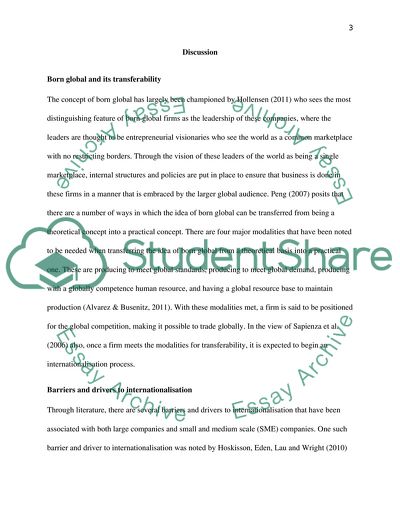Cite this document
(The Birth of Globalisation Concept Literature review, n.d.)
The Birth of Globalisation Concept Literature review. https://studentshare.org/marketing/1863554-born-global-03058
The Birth of Globalisation Concept Literature review. https://studentshare.org/marketing/1863554-born-global-03058
(The Birth of Globalisation Concept Literature Review)
The Birth of Globalisation Concept Literature Review. https://studentshare.org/marketing/1863554-born-global-03058.
The Birth of Globalisation Concept Literature Review. https://studentshare.org/marketing/1863554-born-global-03058.
“The Birth of Globalisation Concept Literature Review”. https://studentshare.org/marketing/1863554-born-global-03058.


